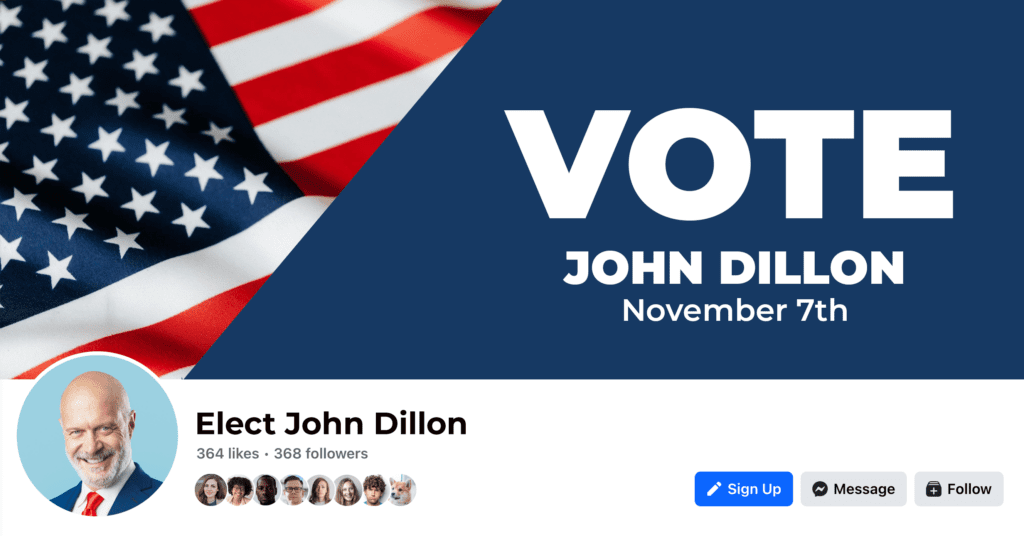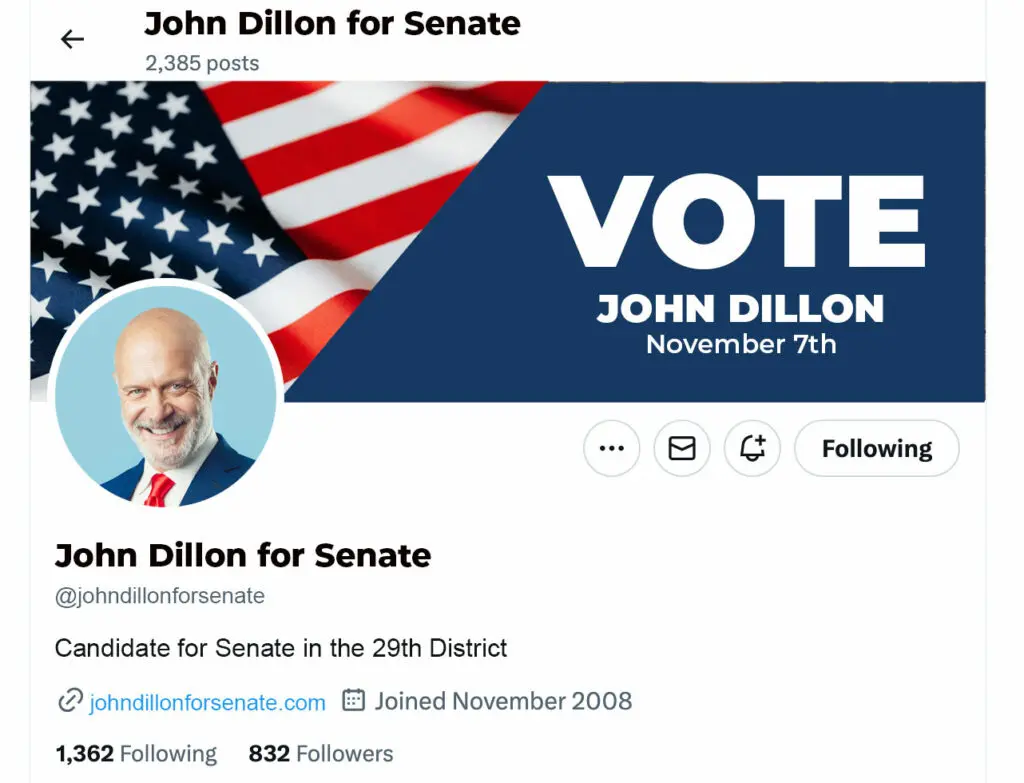
Last week I wrote solely about political campaign websites and things you can go to enhance your campaign’s online presence. I have more ideas, so I am going to continue this topic for a second week. Today, I am going to talk about social media and how candidates go wrong when it comes to their social media presence.
The first mistake candidates make is creating social media accounts, uploading their profile photo, and then virtually abandoning the platform aside from a random posting here and there. Love it or hate it, social media is here to stay and if you are running for office, you need to be on it. But you can’t just create an account and call it a day. You have to both post new content, seek out followers, and engage with them if you want to make your social media accounts work. Otherwise, your social media platforms are a burden and not a tool.
You have to have a strategy
Haphazardly posting to social media when you have a moment or think about it is not a strategy. Failing to plan is a plan to fail. If you are using social media for your political campaign, then you have to USE it. Whether you do it on your own or you hire a social media manager or use campaign staff, it means you have to have a plan in place for who, what, where, and when you are posting to social media.
Have you ever noticed that some of your posts on social media get big responses and some don’t? That some seem like a lot of folks see and some feel like nobody has seen them? That’s because social platforms changed from just putting everyone’s post into a chronological timeline (which was universally loved) to using an algorithm that puts certain content in front of certain users at certain times, but never everyone and never all the time. That means you have to be prepared to post in ways that are more likely to get engagement.
Here’s what you need to know about your social media platforms for political campaigns
What platforms should candidates be on?
My recommendation is that candidates get on the following platforms.
- X (formerly Twitter)
- YouTube
- TikTok
If that seems like a lot, it is. You may be asking about newer platforms like Threads and Mastodon. You are more than welcome to add additional platforms into your strategy if you have the time and inclination, but more platforms means more management. Remember just having the account is not enough. I have chosen the ones with the widest audiences to maximize your outreach.
Social Media Branding
Branding is important. Use the same username if you are able across all platforms. That may mean that you have to look at all the platforms and see what’s available before you start signing up. It’s important because this makes it easier for you to be found.
You also need to use the same photos and logos across all platforms to maintain a consistent and memorable presence. Your profile photo should be your professional headshot. Your cover image should likely be something with your campaign logo on it. Something that is coordinated with your campaign website, campaign literature and campaign signs, but isn’t just a photo of your campaign sign. See these examples.


How often should you post to social media?
- Facebook: 1-2 times a day
- LinkedIn: 1-2 times a day
- X (formerly Twitter): 2-3 times a day
- Instagram: 3-5 posts per week, and 2 stories a day
- TikTok: 3-5 videos a week
- YouTube: 2-3 shorts per week, and 1 full video per week
Does that seem like a lot? That’s because it is. This is how frequently you need to be posting to hit SOME of your target audience each week. I highly recommend coming up with a social media calendar to plan your social media posting. Yes, it is a lot of work to set up. But it will save time and energy during your campaign because you will know what to post and when and you can schedule your postings in advance. If you took the time each week to strategize your postings, you could theoretically schedule most of them to publish at specific days and times throughout the week.
What should you post about?
This is fairly easy to answer for political campaigns. You should post about upcoming events before they happen with a clear Call to Action to ask people to attend. You should post about past events to write up where you’ve been and what you’ve done. You should post about current news and events and how you, as a politician, would handle policies/events that may be similar or affecting your constituents.
More content ideas include:
- Policy Updates: Share updates on your proposed policies, legislative goals, and plans for addressing key issues in your campaign platform.
- Campaign Events: Inform followers about upcoming rallies, town hall meetings, debates, and other events where they can meet you and learn more about your campaign.
- Volunteer Opportunities: Encourage supporters to get involved by volunteering for your campaign, whether it’s canvassing, phone banking, or helping with events.
- Personal Stories: Share personal anecdotes or experiences that highlight your background, values, and why you’re running for office.
- Community Engagement: Showcase your involvement in the community by sharing photos and stories from events, volunteer work, or meetings with constituents.
- Endorsements: Highlight endorsements from prominent individuals, organizations, or community leaders who support your candidacy.
- Fact-Checking and Debunking: Address misinformation or false claims about your campaign or opponents with factual information and evidence.
- Q&A Sessions: Host live Q&A sessions or respond to questions from followers to engage with voters and address their concerns directly.
- Behind-the-Scenes Content: Give followers a glimpse into your campaign’s inner workings with behind-the-scenes photos, videos, or stories from the campaign trail.
- Grassroots Support: Celebrate and thank your supporters for their contributions, whether it’s through donations, volunteering, or spreading the word about your campaign.
Engagement is Key
Engaging with constituents on social media is vital for political candidates due to its accessibility, transparency, and community-building potential. These platforms offer a direct channel for candidates to reach a broad audience, including those who might not attend traditional campaign events. By sharing their positions, policy proposals, and responding to feedback in real-time, candidates can foster trust and accountability among voters. Social media also enables the formation of online communities around political campaigns, allowing candidates to build supportive networks and amplify their message through likes, shares, and comments. Particularly crucial is the engagement of younger voters, who are active users of social media and represent a significant demographic in many elections.
You can’t just post and forget about it, you have to see how people are reacting to what you post, and offer responses to those folks.
When it comes to political campaigns, you can’t ignore social media, and it can’t be an afterthought. It needs to be a well thought out strategy executed with forethought and intention.
Amy Masson
Amy is the co-owner, developer, and website strategist for Sumy Designs. She's been making websites with WordPress since 2006 and is passionate about making sure websites are as functional as they are beautiful.
